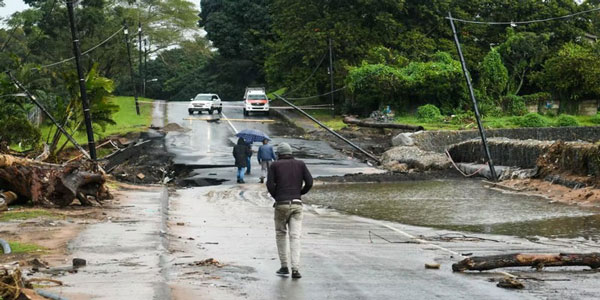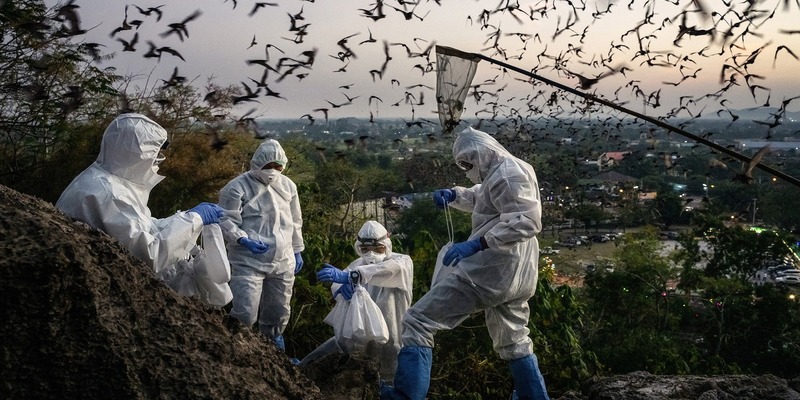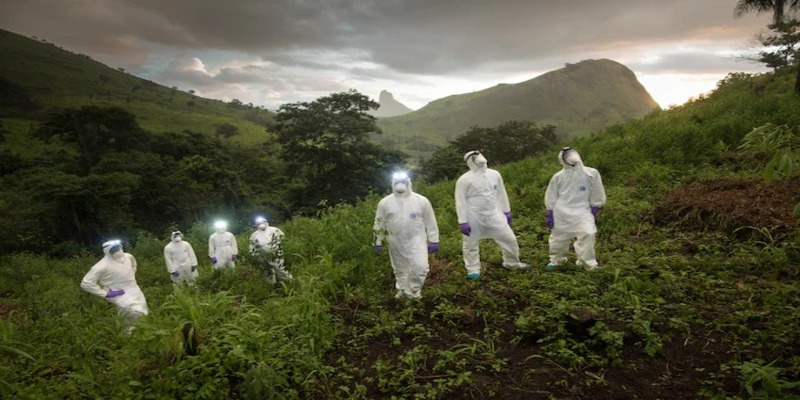
How Climate Change Is Worsening Infectious Diseases Across the Globe
Jan 06, 2023
The recent global COVID-19 pandemic and the monkeypox epidemic have reawakened the globe to the dangers of infectious illnesses. It appears that climate change may exacerbate problems associated with global illness.
Scientists from the University have recently published a study highlighting the connection between climate change and the spread of infectious diseases. This link is highlighted by the increasing frequency with which extreme weather events like heat waves, droughts, and wildfires occur.
For instance, the study finds that climate-related risks have exacerbated the effects of 58% of the world's infectious illnesses. The same research found 1,006 ways in which climate change-related risks contributed to the spread of illness.
Effects of Global Warming on Infectious Diseases

The Nature Climate Change research out of the University of Hawaii analyzed the literature that established causal relationships between climate change and several infectious illnesses. A literature survey indicated that 218 of the 375 recognized human infectious illnesses are exacerbated by one of 10 forms of extreme weather linked to climate change.
Drought and alterations in land cover were only some of the extreme weather events taken into account by the researchers. Using this data, the researchers identified four primary connections between weather and human illness:
- Insects and animals that might spread illness were impacted by climate risks, including warming, floods, and droughts, bringing them closer to humans.
- As a countermeasure to climate change, people shifted their settlements closer to potential disease hotspots.
- Climate dangers strengthened several illnesses.
- Humans' susceptibility to sickness was increased in some circumstances because climatic threats compromised their immune systems.
Insect Bites, Specifically Mosquitoes, and Ticks
Because of mild winters, early springs, and rising temperatures, mosquitoes and ticks have more time to breed, spread disease, and increase their range across the United States. More than 760,000 occurrences of sickness in the United States were attributed to mosquito, tick, and flea bites between 2004 and 2018.
Animal Interactions
Some animal species have had to relocate because their native habitats have been destroyed by climate change, while the ranges of other species have been widened. The introduction of novel animal environments results in more chances for interaction between the two species, which can lead to zoonotic illnesses.
Fungi
Some disease-causing fungi have been able to colonize new locations as global temperatures have risen. The fungus that causes Valley fever in hot, dry climates has already made its way into the Pacific Northwest.
It is common for this deadly fungus to be misdiagnosed and treated improperly, even though it causes serious infections and can even be fatal. As the temperature gap between the environment and the human body continues to shrink, new fungal illnesses may arise as fungi grow more suited to human temperatures.
Water
The consequences of climate change on aquatic ecosystems, both fresh and saltwater, are expected to be severe, according to scientists. The fast development of algae or cyanobacteria in lakes, rivers, seas, and bays, known as toxic algal blooms, may become more common and severe.
Due to the lake's warming waters, widespread poisonous blooms have persisted throughout the early months of winter. Harmful algal blooms, which can cover large water areas, come in various colors and textures.
How Global Warming Contributes to Health Problems

Mosquitoes, which may spread diseases like malaria, normally can't make it above around 5,000 feet in elevation. Therefore high mountains are typically mosquito-free.
Since it is now warmer at higher elevations than in the past, and since it has been established that the mosquitos will follow the growing temperature, the geographical danger of malaria has expanded, bringing in new populations.
Civilization Needs to Take Note, but Not Panic
The Proceedings of the National Academy of Sciences issued an article titled "Exploring Catastrophic Climate Change Scenarios," which cautioned that society should take a hard look at the worst-case scenarios of rapid climate change.
Increases in infectious illnesses, threats of starvation, major weather catastrophes, and conflicts over scarce resources were singled out as particularly worrisome by the report's authors, who dubbed these developments the "four horsemen" of the climatic endgame.
The research aims to inspire world leaders by providing knowledge of the worst-case scenarios of climate change, which include a 10% drop in the global population and possible human extinction. The paper notes, "Prudent risk management necessitates the evaluation of bad-to-worst-case situations."





